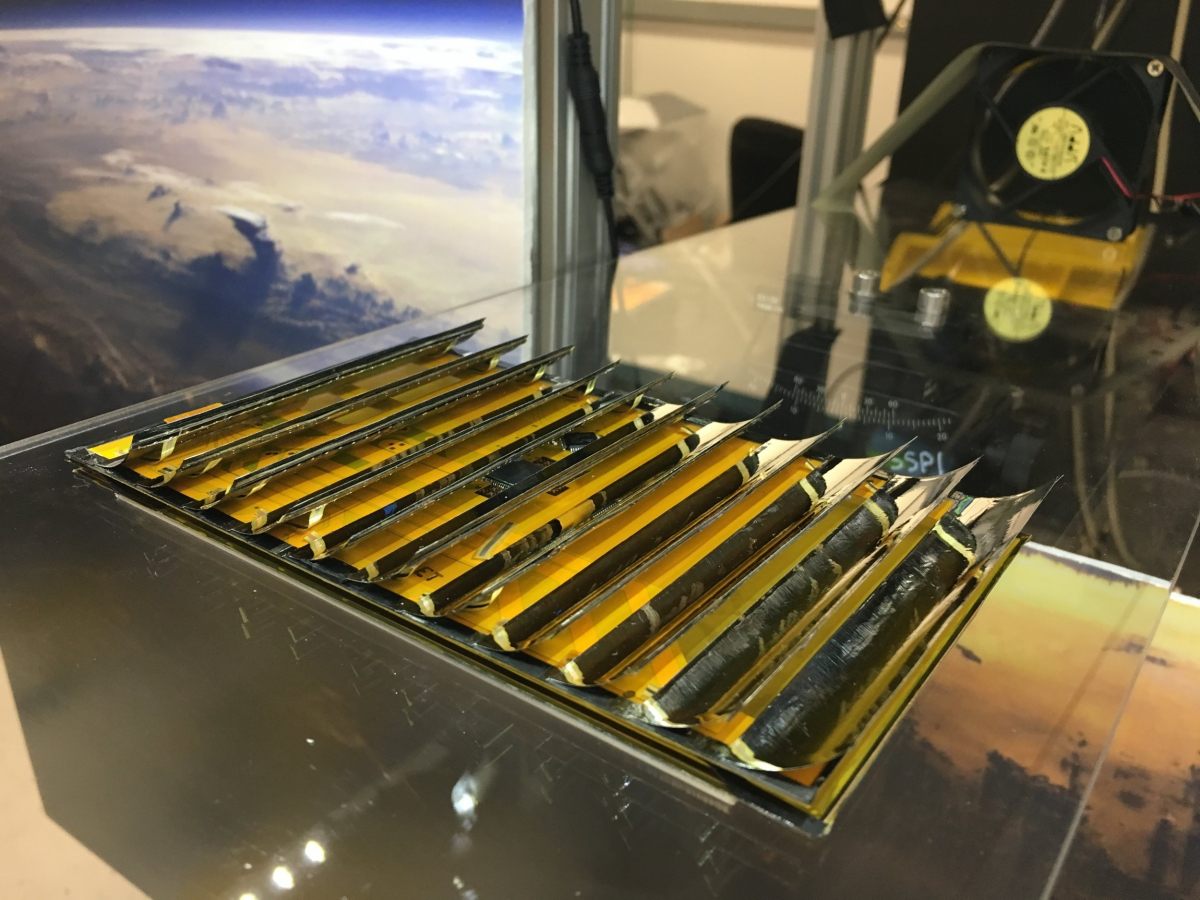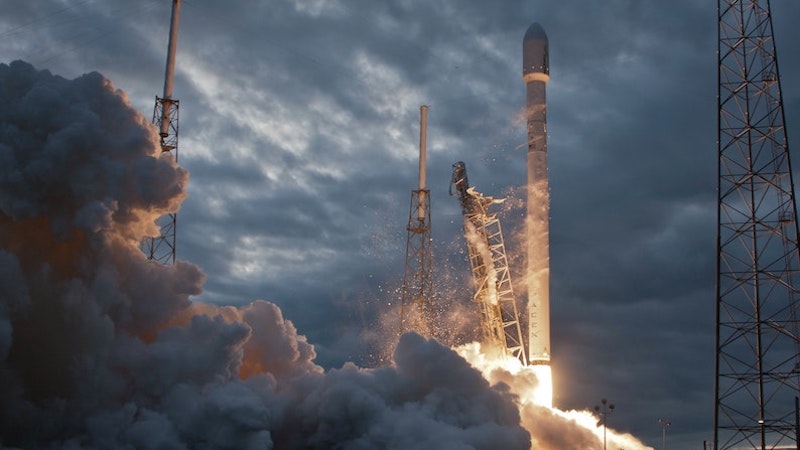How satellites should generate solar power for the earth in the future
Caltech prototype for the generation of solar energy in space. (Image: Caltech)
For eight years, researchers at Caltech have been working on satellites that will generate solar power in the future and send it to earth via microwaves. A prototype is scheduled to go into orbit in 2023.
Since 2013, the California Institute of Technology (Caltech) in Pasadena has been researching a way of collecting solar energy in space and sending it to earth in the form of microwaves. Unlike on Earth, sunlight would be available around the clock to convert it into electricity in space – regardless of the time and weather conditions. As part of the Space-based Solar Power Project (SSPP), the Caltech researchers have already developed corresponding prototypes.
Contents
Solar energy from space: prototype starts in 2023
A first satellite is to be tested in space in 2023. The prototype with solar power generators and hardware for wireless energy transmission is said to have a three square meter retractable awning, like that Caltech announces. For the research team, it is certain that this type of energy generation – if it takes place on a large scale – could satisfy the increasing demand for electricity on earth.
Incidentally, Caltech has just given the name of the initially anonymous donor who invested over 100 million US dollars in the project in 2013. This is real estate billionaire David Bren. He has been researching possible applications for solar energy generation in space for many years. He is interested in the idea that the natural power of the sun should be used for the benefit of all.
Air Force is also working on space solar energy
Incidentally, Caltech is not the only institution working on such a project. The US Air Force plans to carry out a corresponding experiment in space in 2024. In addition, a space solar energy project is already underway, such as Space.com reports. In May 2020, the US Air Force launched the Pram-FX (Photovoltaic Radio-Frequency Antenna Module Flight Experiment) solar module on board its X-37B spaceplane. This does not yet send energy to Earth, but researchers have already been able to take some information with them for their own experiments from the experiments.



